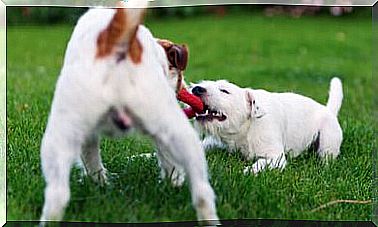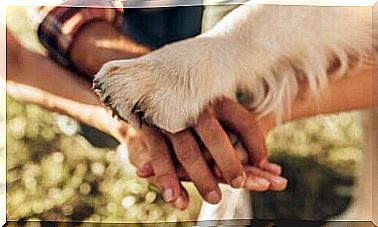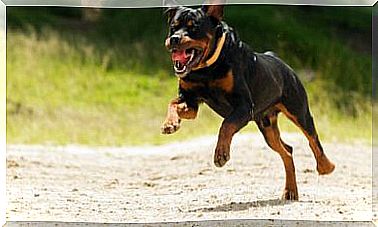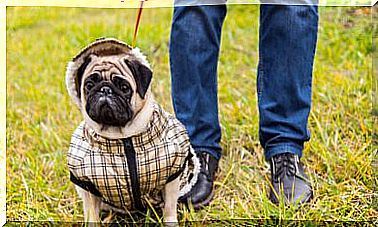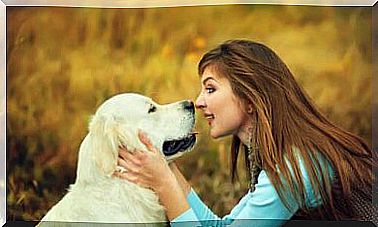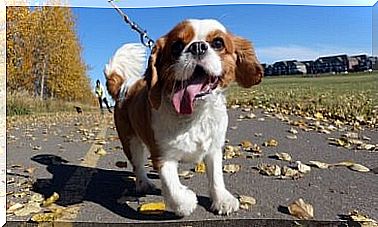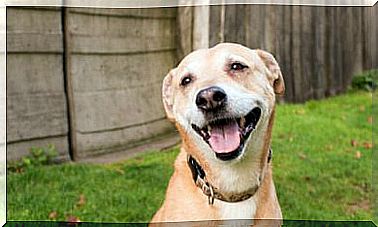5 Myths About Big Dogs
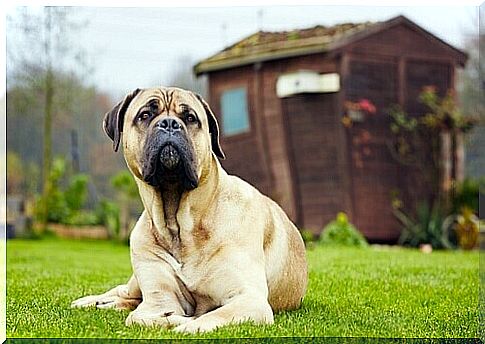
There are many myths about dogs, some turn out to be true, although most belong only to malicious beliefs, ranging from the believable to the most absurd. Let’s look at some of these myths about big dogs.
are more aggressive
Unfortunately, many people tend to relate aggression to oversize dogs. However, this is far from reality.
In fact, for a dog to be able to attack a person or animal or not, it does not depend so much on its size, but on the level of dominance or territoriality of the breed.
As such, there are large dogs that can become very dominant, but this is also common in many small size breeds, for example the Lulu Pomeranian breed.
However, pay attention to large dogs in this regard, because the results of an attack are often more devastating than in the case of small ones.
Thus, a very important factor at this point has to do with the education you gave the dog, because regardless of its breed, a dog that has not been socialized with others or with people will tend to be more aggressive than one that has had a proper education and socialization.
have better sense of smell
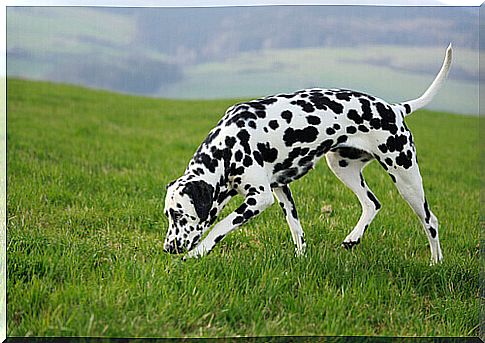
This myth is also false, the sense of smell is not about the overall size of the dog, but rather, it is about the size of its nose.
The reason why dogs have a better sense of smell than humans is due to the fact that they have a greater amount of olfactory receptors, around 200 million, although in some breeds they can reach 300 million, as in the case of the Bloodhounds.
Dogs with a long snout have more olfactory receptors and a wider channel in which to store and receive scents, so they will have a better sense of smell than those with flat noses, like boxers, which are large in size.
Can’t live in small spaces
This is partly true, although there are (as always) its variants and exceptions. The possibility of owning a dog in a small space is due more to its energy than its size.
Therefore, if a dog requires a lot of exercise and has a lot of energy, the best thing to do is to have it in large spaces, preferably with open areas where your animal can explore and play.
But this is not a characteristic of all big dogs, some, like the Great Dane, for example, do not have much energy demand and can adapt to confined spaces.
What’s more, a dog with a high energy level can get used to living in an apartment, whenever its owner plays and walks with it frequently. However, this will take a lot of time and commitment on the part of the owner.
live less
It is very common to hear that large or giant size dogs live less than small dogs and that is absolutely true. A relationship between the size of dogs and their life expectancy has been found, however the reason for this fact has not yet been discovered.
One of the hypotheses that is talked about is that big dogs age faster, due to their growth at a faster rate. However, this has not been proven or ruled out.
are not very smart

An issue that is much fueled by cartoons and movies is that big dogs are unintelligent and very clumsy.
This is false, in general, a dog’s intelligence is measured by the amount of skills it can develop, the speed with which it learns things and the time it takes to respond to its owner’s orders.
Within the canine skill contests it is common to see large size dogs, in general the Shepherd dogs or those of the Retriever family, this is due to the fact that many of the large size dogs are agile, with a strong musculature and bite, in addition to being very fast.
As for intelligence, within the canine intelligence standards, the Doberman, the Rottweiler, the Labrador and the German Shepherd are among the top ten places, which are characterized by being very faithful dogs, easy to train, in addition to learning a great deal. variety of tricks and skills.
